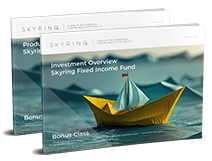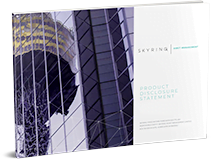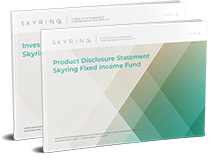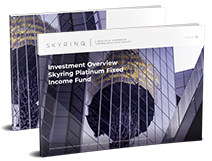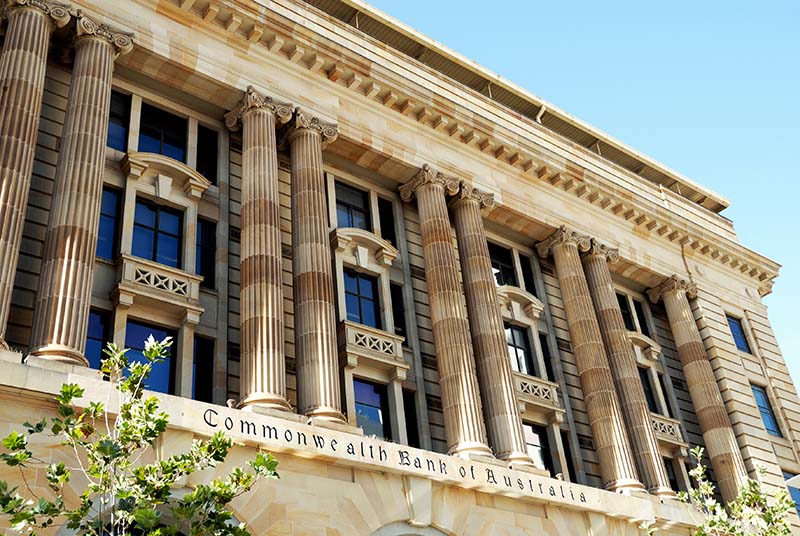
We all know the history of our great nation. But do you know the history of our financial markets and our currency, the Australian Dollar? The genesis and development of our financial system over the past 200+ years reflect our economy’s growth and Australia’s increasing role in international trade. This article delves into the history of our financial markets, exploring key events and players that have shaped our economic system into the dynamic, vibrant organism it is today.
The history of Australia’s financial markets
Australia’s financial system started its life in 1817, when Governor Lachlan Macquarie and Judge-Advocate John Wylde, as representatives of the colony of New South Wales, opened the Bank of New South Wales (now known as “Westpac”). This was soon followed by the Bank of Australasia (opened in 1835) and the Union Bank of Australia (opened in 1837) who later amalgamated into the bank we know today as “ANZ”. These three pioneering banks played an instrumental role in Australia’s early economic development. Later, in 1911, the government-owned and operated Commonwealth Bank of Australia was formed. In 1960 it split into the Reserve Bank of Australia and the Commonwealth Banking Corporation (now known as the “CBA”).
Stock trading began in Australia in 1861 with the formation of the Melbourne Stock Exchange. In the years to follow, five other exchanges opened in Sydney (1871), Hobart (1882), Brisbane (1884), Adelaide (1887) and Perth (1889). These individual exchanges officially merged in 1987 to form the Australian Securities Exchange (“ASX”).
In 1991 the Australian Securities Commission was created and later evolved into the Australian Securities and Investments Commission (“ASIC”). In 1998 the Australian Prudential Regulation Authority (“APRA”) was established to provide regulatory oversight across the superannuation, banking, and insurance industries.
Australia’s current financial system is deeply interwoven into global markets. The Australian government enjoys thriving free trade agreements with many foreign countries. The ASX is a key player in the APAC region, and Australian businesses and corporations often turn to overseas equity and debt markets to aid their growth.
The history of the Australian Dollar
Prior to 1910, multiple currencies were tried and tested within and amongst Australia’s first colonies. Spanish Pounds, gold, and even rum was used.
Australia’s first official currency was the Australian Pound, introduced in 1910 after Prime Minister Andrew Fisher passed the “Australian Notes Act”. The Australian Pound’s value was tied to the British Pound.
The Australian Dollar, as we know it today, replaced the Pound on February 14th, 1966 after the introduction of the “Currency Act 1963”. A competition was held to name the new currency, and fielded names like the Australian “Boomer”, “Oz”, “Roo” and “Kanga”. Prime Minister Menzies preferred the “Australian Royal” however this was rejected, and the “dollar” was eventually chosen.
There have been four styles of Australian bank notes since 1966, and Australia was the first country to move away from using paper as the note’s material. Polymer is now used to create a secure, waterproof, and durable banknote.
Following its creation in the 1960s, the AUD’s value fluctuated slightly until it experienced a period of inflation in the 1970s and 1980s. The Federal Government implemented disinflation mechanisms, mostly using monetary and wages policies.
Today, the AUD is a stable currency often used for international trade and investment. Like other global currencies, it is experiencing heightened inflation. The Reserve Bank of Australia oversees a monetary policy to curb this inflation and foster healthy economic growth.
==
Important:
This provides general information and hasn’t taken your circumstances into account. It’s important to consider your particular circumstances before deciding what’s right for you. Any information provided by the author detailed above is separate and external to our business and our Licensee. Neither our business, nor our Licensee take any responsibility for any action or any service provided by the author.
Any links have been provided with permission for information purposes only and will take you to external websites, which are not connected to our company in any way. Note: Our company does not endorse and is not responsible for the accuracy of the contents/information contained within the linked site(s) accessible from this page.


